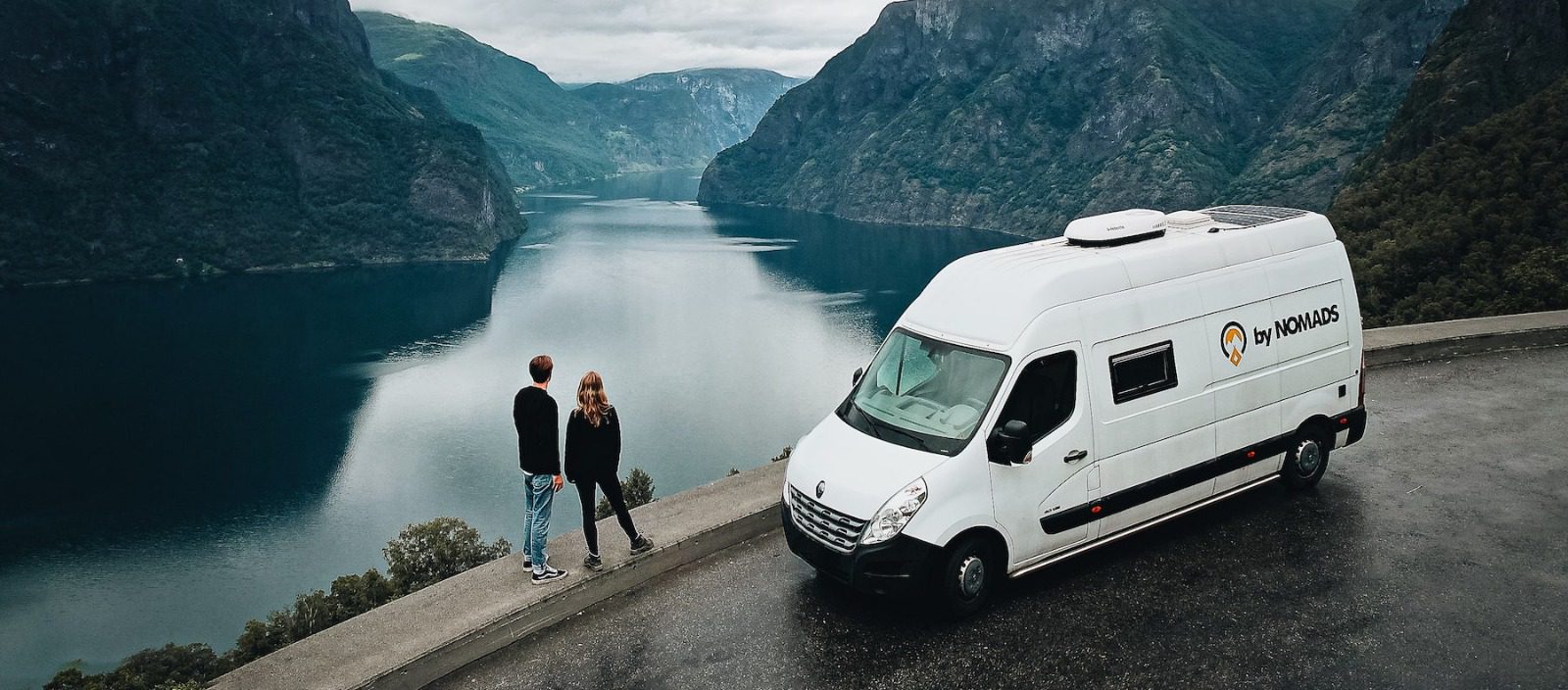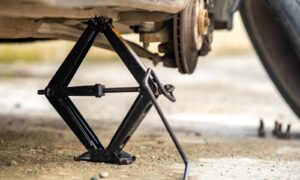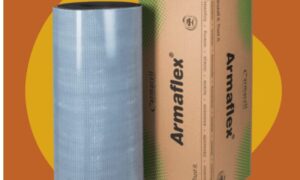Building your own camper is an exciting and fulfilling endeavor that allows you to create a personalized travel companion tailored to your preferences. From the design process to selecting materials and executing construction, there are numerous considerations involved. However, it’s crucial to be aware of common mistakes that can arise during the build. In this comprehensive guide, we will explore these pitfalls and provide valuable insights on how to avoid them. By learning from the experiences of others, you can ensure a smoother and more successful camper build or camper ausbau.
- Insufficient Planning and Design
One of the biggest mistakes aspiring camper builders make is diving into the project without proper planning and design. Failing to create a well-thought-out plan can lead to inefficiencies, costly mistakes, and unsatisfactory results. Take the time to carefully consider your needs, layout options, and desired features before starting the construction.
Begin by brainstorming the functionalities you expect from your camper. Consider the number of occupants, sleeping arrangements, kitchen facilities, storage spaces, and bathroom requirements. Sketch out different layout options and assess how each one would meet your needs. This planning phase will provide a clear roadmap for the construction process and ensure that you don’t overlook any essential features.
- Overlooking Weight and Balance
Weight distribution and balance are critical factors that impact the safety and performance of your camper. Neglecting to calculate and distribute weight properly can lead to issues such as reduced fuel efficiency, instability on the road, and even potential accidents. Be mindful of the weight of your materials, equipment, and furnishings, and distribute them evenly within the camper.
Before loading your camper with belongings, consider the weight limitations of your vehicle. Research the Gross Vehicle Weight Rating (GVWR) to understand the maximum weight your van can safely carry. This includes the weight of the van itself, passengers, cargo, and any modifications. When constructing the interior, pay attention to where heavy components like water tanks, batteries, and appliances will be positioned. Aim for a balanced distribution of weight from side to side and front to back to maintain stability while driving.
- Inadequate Insulation and Ventilation
Insufficient insulation and ventilation can compromise the comfort and livability of your camper. Inadequate insulation can result in temperature extremes, excessive heat or cold transfer, and increased energy consumption for climate control. Poor ventilation can lead to moisture buildup, condensation, and unpleasant odors.
To avoid these issues, invest in high-quality insulation materials suitable for your climate. Consider options such as foam boards, spray foam, or mineral wool, and ensure that all gaps and seams are properly sealed. Pay special attention to camper dämmen or insulating the walls, floor, and ceiling.
In addition to insulation, plan for adequate ventilation. Install windows strategically to allow for airflow and natural light. Consider incorporating roof vents or fans to enhance air circulation. These features will help regulate temperature, reduce humidity, and keep your camper fresh and comfortable.
- Improper Electrical Planning and Installation
Designing and installing the electrical system of your camper requires careful planning and attention to detail. Neglecting this aspect can lead to electrical issues, safety hazards, and limitations in powering your appliances and devices.
Start by calculating your power requirements based on the appliances and electronics you plan to use. This includes lighting, refrigeration, heating or cooling systems, water pumps, and charging stations for your devices. Consider whether you’ll rely on a combination of solar power, batteries, and shore power connections.
Consult with an electrician or research extensively to design a proper electrical system. Take into account the capacity of your batteries, the efficiency of your solar panels, and the wiring needed to connect all components. Plan for circuit breakers and proper grounding to ensure safety.
- Neglecting Plumbing Considerations
Building a camper often involves incorporating a plumbing system to provide water for various needs, such as cooking, cleaning, and hygiene. Neglecting to plan and execute the plumbing system properly can lead to leaks, water damage, and sanitation issues.
Design the plumbing system based on your specific needs and available space. Consider the size of water tanks, the type of sink, toilet, and shower you want to install, and the heating options for hot water. Take into account the layout of your camper to optimize space utilization.
When installing the plumbing system, use appropriate materials and fittings to prevent leaks. Insulate pipes in colder climates to avoid freezing. Ensure that water tanks are securely mounted and properly sealed. Test the system thoroughly for any leaks before finalizing the interior construction.
- Lack of Structural Reinforcement
A common oversight in camper van conversions is neglecting to reinforce the van’s structure adequately. Failing to reinforce critical areas can result in structural weaknesses, vibrations, and increased wear and tear over time.
Inspect the van’s frame and identify areas that may require reinforcement. Strengthen key points such as the roof, walls, and floor, considering the weight of the materials and equipment that will be added during the conversion. Reinforce weak spots with additional supports, braces, or metal plates as needed. Remember to distribute the added weight evenly across the van to maintain balance and stability.
- Rushing the Construction Process
Impatience can lead to rushed decisions, subpar craftsmanship, and overlooked details. Avoid the mistake of rushing the construction process by allowing yourself enough time to complete each task meticulously.
Break down the conversion project into manageable stages and set realistic timelines for each phase. Take the time to measure twice and cut once to ensure precise fittings. Pay attention to detail in every aspect, from cabinet construction to wiring connections. While it’s exciting to see progress, resist the urge to rush, as this can result in costly mistakes and the need for rework.
- Ignoring Safety Regulations and Legal Requirements
When building your own camper, it’s essential to comply with safety regulations and legal requirements. Neglecting these obligations can lead to legal consequences, insurance issues, and compromised safety for yourself and others on the road.
Research the regulations specific to your country or region regarding camper conversions. Familiarize yourself with weight restrictions, lighting and signaling requirements, and any specific certifications or inspections necessary for your campervan to be road-legal. Ensure that all modifications and installations comply with safety standards to protect yourself and others.
Conclusion
Building your own camper can be an immensely rewarding experience, but it’s essential to learn from the mistakes of others to ensure a successful conversion. By avoiding common pitfalls such as insufficient planning, weight imbalances, inadequate insulation and ventilation, electrical and plumbing oversights, lack of structural reinforcement, rushing the construction process, and ignoring safety and legal requirements, you can create a camper that is safe, functional, and tailored to your needs. Take the time to plan meticulously, seek guidance when needed, and approach each stage of the construction process with care. With attention to detail and patience, you’ll be well on your way to enjoying your dream camper on the open road.



































